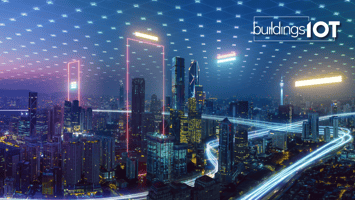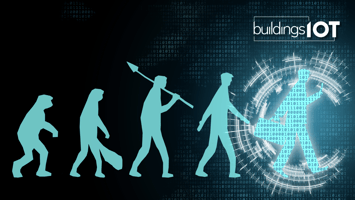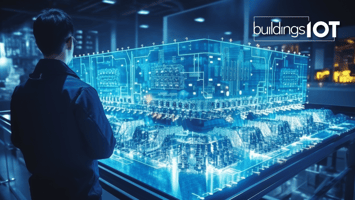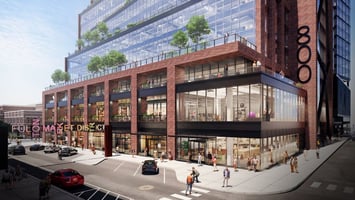In a world where buildings need to adapt more than ever, the ability to harness data from control...
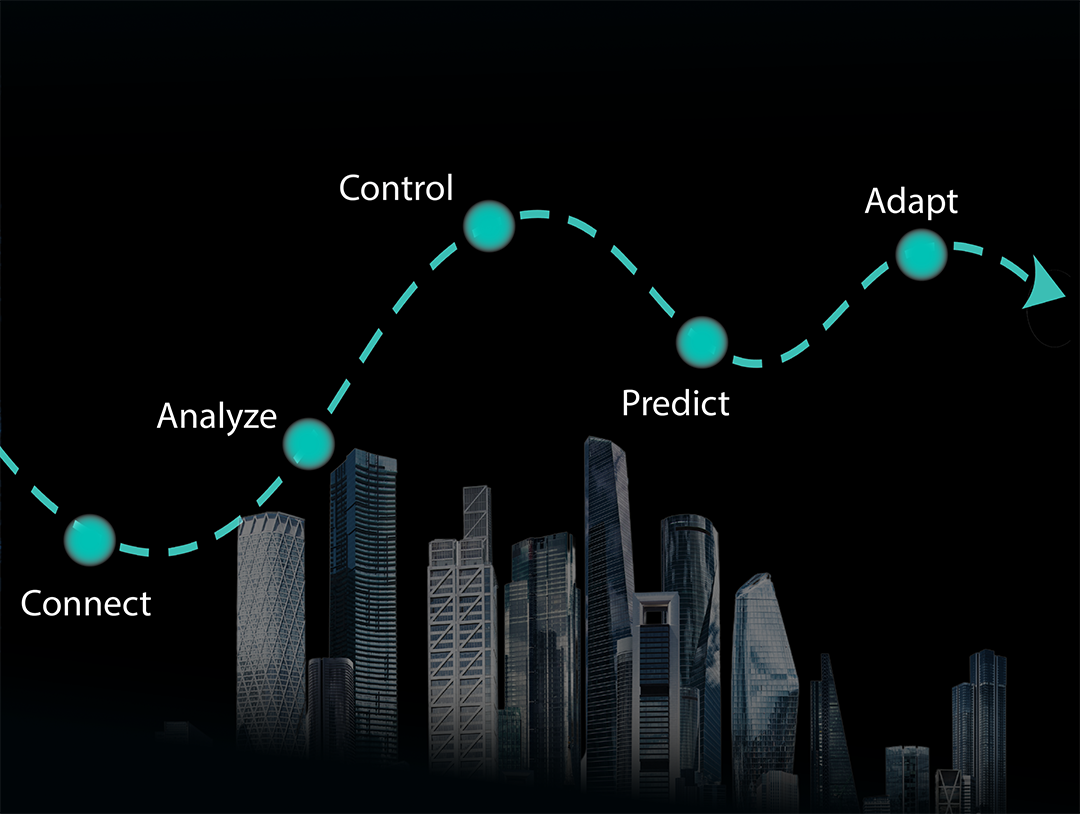
Solutions
The adaptive buildings journey
Planning a digital transformation is like planning a road trip.
It helps to have a partner who knows where you want to go and how to get you there.
Start Your Journey Now
Connect
While other people specialize in data from a single system, protocol or network architecture, Buildings IOT specializes in data acquisition wholistically.
We can connect to:
- sensors,
- mechanical equipment,
- lighting equipment,
- power meters or
- controllers.
Once connected, we normalize the data against an open-sourced data model and make it available via a GraphQL API.
With standard network architectures to simplify buy-in from IT departments and a variety of protocols supported, we make it easy to connect to data from disparate systems and make it useful across departments.
Analyze
There's no shortage of analytical tools forå business these days. For buildings specifically, it's a smaller pool but you certainly still have options.
What sets our analysis tools apart is their integration into your existing workflows. With Buildings IOT:
- analytics or fault detection and diagnostics is not just another system,
- and operations teams don't need to incorporate it into their work across 30 other apps.
It's built-in functionality that's available to any users you choose. And it's complete with its own lightweight work order management system or can be connected to yours.
Control
You've probably heard of integrated and remote control of building systems referred to as building operating systems or remote command centers. But typically, only one or two setpoints are writable.
With Buildings IOT:
- your entire building management system from every building in your portfolio can be operated from anywhere;
- alarms and schedules are automated to reduce noise and fatigue;
- data is rolled up intelligently across multiple systems for use in configurable KPI dashboards.
This creates efficiencies across operations teams and it enables advanced use cases like autonomous buildings and automated demand management or the ability to run your building on auto-pilot
Predict
All of the previous stops along the digital transformation journey lay the groundwork for further advanced use cases. For most operations teams, that includes predictive maintenance to rein in uncontrollable and un-budgeted service charges.
At Buildings IOT, we do predictive maintenance through:
- AI/ML algorithms in conjunction with those created by our building scientists.
This allows our system to use your operational data to determine when equipment is operating at its outer limit and what specific areas of its operation should be worked on now to avoid catastrophic failure in the near future.
Adapt
The need to adapt is everywhere, and your building is no different. While it's true that we can't know what the future will bring, the adaptive buildings journey brings you to a place where future requirements are easier to manage and the complicated requests of tomorrow are more cost-efficient to implement.
The end of the road will look different for everyone, but when you go on this journey with Buildings IOT, the ultimate outcome will be reduced expenses across operational categories and improved performance across collaborating departments.
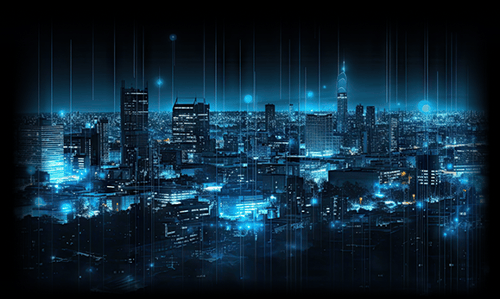
While other people specialize in data from a single system, protocol or network architecture, Buildings IOT specializes in data acquisition wholistically.
We can connect to:
- sensors,
- mechanical equipment,
- lighting equipment,
- power meters or
- controllers.
Once connected, we normalize the data against an open-sourced data model and make it available via a GraphQL API.
With standard network architectures to simplify buy-in from IT departments and a variety of protocols supported, we make it easy to connect to data from disparate systems and make it useful across departments.

There's no shortage of analytical tools for business these days. For buildings specifically, it's a smaller pool but you certainly still have options.
What sets our analysis tools apart is their integration into your existing workflows. With Buildings IOT:
- analytics or fault detection and diagnostics is not just another system,
- and operations teams don't need to incorporate it into their work across 30 other apps.
It's built-in functionality that's available to any users you choose. And it's complete with its own lightweight work order management system or can be connected to yours.
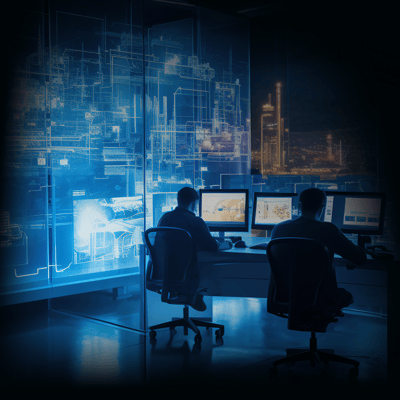
You've probably heard of integrated and remote control of building systems referred to as building operating systems or remote command centers. But typically, only one or two setpoints are writable.
With Buildings IOT:
- your entire building management system from every building in your portfolio can be operated from anywhere;
- alarms and schedules are automated to reduce noise and fatigue;
- data is rolled up intelligently across multiple systems for use in configurable KPI dashboards.
This creates efficiencies across operations teams and it enables advanced use cases like autonomous buildings and automated demand management or the ability to run your building on auto-pilot

All of the previous stops along the digital transformation journey lay the groundwork for further advanced use cases. For most operations teams, that includes predictive maintenance to rein in uncontrollable and un-budgeted service charges.
At Buildings IOT, we do predictive maintenance through:
- AI/ML algorithms in conjunction with those created by our building scientists.
This allows our system to use your operational data to determine when equipment is operating at its outer limit and what specific areas of its operation should be worked on now to avoid catastrophic failure in the near future.

The need to adapt is everywhere, and your building is no different. While it's true that we can't know what the future will bring, the adaptive buildings journey brings you to a place where future requirements are easier to manage and the complicated requests of tomorrow are more cost-efficient to implement.
The end of the road will look different for everyone, but when you go on this journey with Buildings IOT, the ultimate outcome will be reduced expenses across operational categories and improved performance across collaborating departments.
Technology for all your digital transformation use cases
API-FIRST DATA ACCESS
IOT Jetstream
MODULAR USER INTERFACE
onPoint
Fully integrated user interface for portfolio and building management. Complete with configurable dashboards to track resolutions on your highest priority issues, plus save-able charts to send to contractors and work requests for interaction and management of service providers.
TECH-ENABLED SERVICES
Tech-enabled digital services
Industry-leading training and support services come standard with all Buildings IOT solutions. For those who need an extra set of eyes and more proactive implementation and management support, we’re here for that too.
Success stories
See it for yourself: discover real-life onPoint's success stories.
.png?height=200&name=Energy%20Savings%20Harnessing%20Real-Time%20Data%20for%20Enhanced%20Efficiency%20and%20Operational%20Excellence%20(1).png)
Macerich, a leading real estate investment trust, faced challenges in reducing energy consumption...
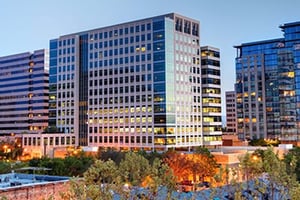
Santa Clara, CA-based software company leverages smart building integration technology to solve...

Macerich creates an enterprise energy management solution with command and control capabilities and...
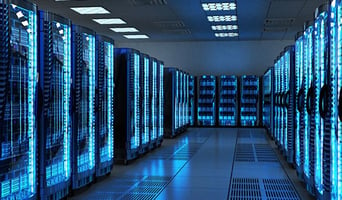
How STACK Infrastructure achieved zero downtime redundancy for high-end data center management...

STACK Infrastructure integrates mechanical equipment and energy power monitoring to create a truly...
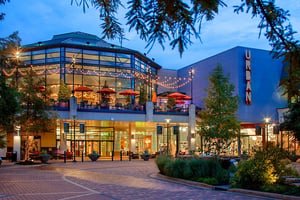
Leading mall operator champions demand management in Texas. The Woodlands Mall is a bi-level,...

Analytics and preventative maintenance help the University of Melbourne achieve carbon neutrality...
Ready to integrate FDD and preventive maintenance into your facilities management strategy?
Let’s talk about how you’d like to use your operational data to reduce operational expenses, achieve energy savings, reach climate impact targets, comply with local laws and many more use cases.

